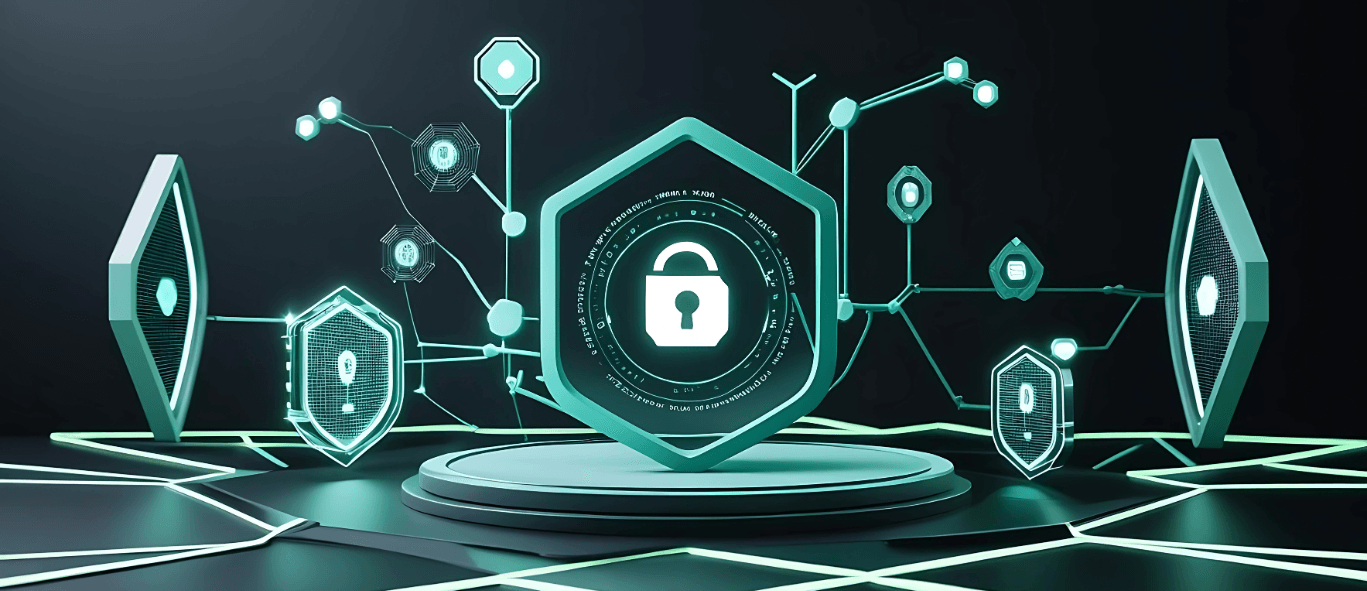Contact Us
If you're working on something real — let's talk.
Development & Integration
Blockchain Infrastructure & Tools
Ecosystem Growth & Support
© 2025 Lampros Tech. All Rights Reserved.
Published On Aug 14, 2025
Updated On Aug 14, 2025


Growth Lead
FAQs

In 2025, the most significant Web3 security threats include governance attacks using flash loans, smart contract upgrade vulnerabilities, phishing campaigns targeting wallet users, cross-chain bridge exploits, and insider operational risks. Attackers are also leveraging AI to identify and exploit weaknesses faster than traditional monitoring tools can detect them.

Governance attacks exploit voting systems in DAOs and DeFi protocols. Attackers may borrow governance tokens via flash loans to gain temporary majority control, pass malicious proposals, and drain funds before the community can respond. Strong safeguards like snapshot-based voting, execution delays, and anomaly detection can help mitigate this risk.

To prevent upgrade-related exploits, protocols should treat every post-deployment change as a fresh attack surface. This means enforcing immutable logic for non-governable core functions, requiring multi-party sign-off, using staged deployments with real-time monitoring, and conducting thorough audits on all upgrade scripts, not just initial code.

Cross-chain bridges handle large asset transfers across blockchains, making them high-value targets. They also rely on complex architectures involving multiple consensus and validation layers, increasing the risk of bugs, misconfigurations, or compromised validators. Security measures should include multi-signature validation, redundancy, continuous auditing, and real-time monitoring.

AI is enabling both attackers and defenders to move faster. On the defensive side, AI models can detect anomalies, flag suspicious governance activity, simulate attack vectors, and automate incident response. However, attackers are also using AI to scan for vulnerabilities, generate exploit code, and bypass traditional defences, making proactive AI integration essential for protocol survival.